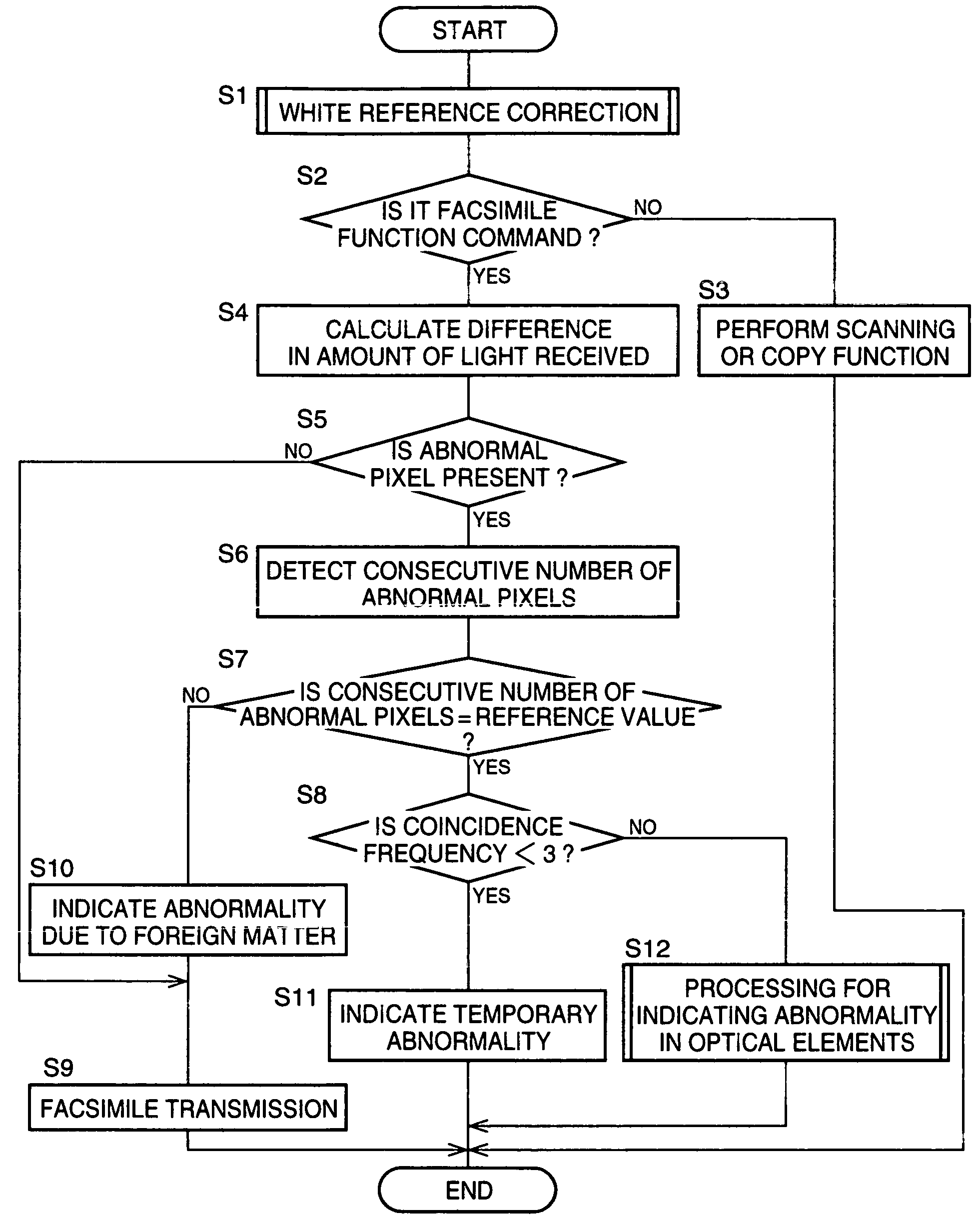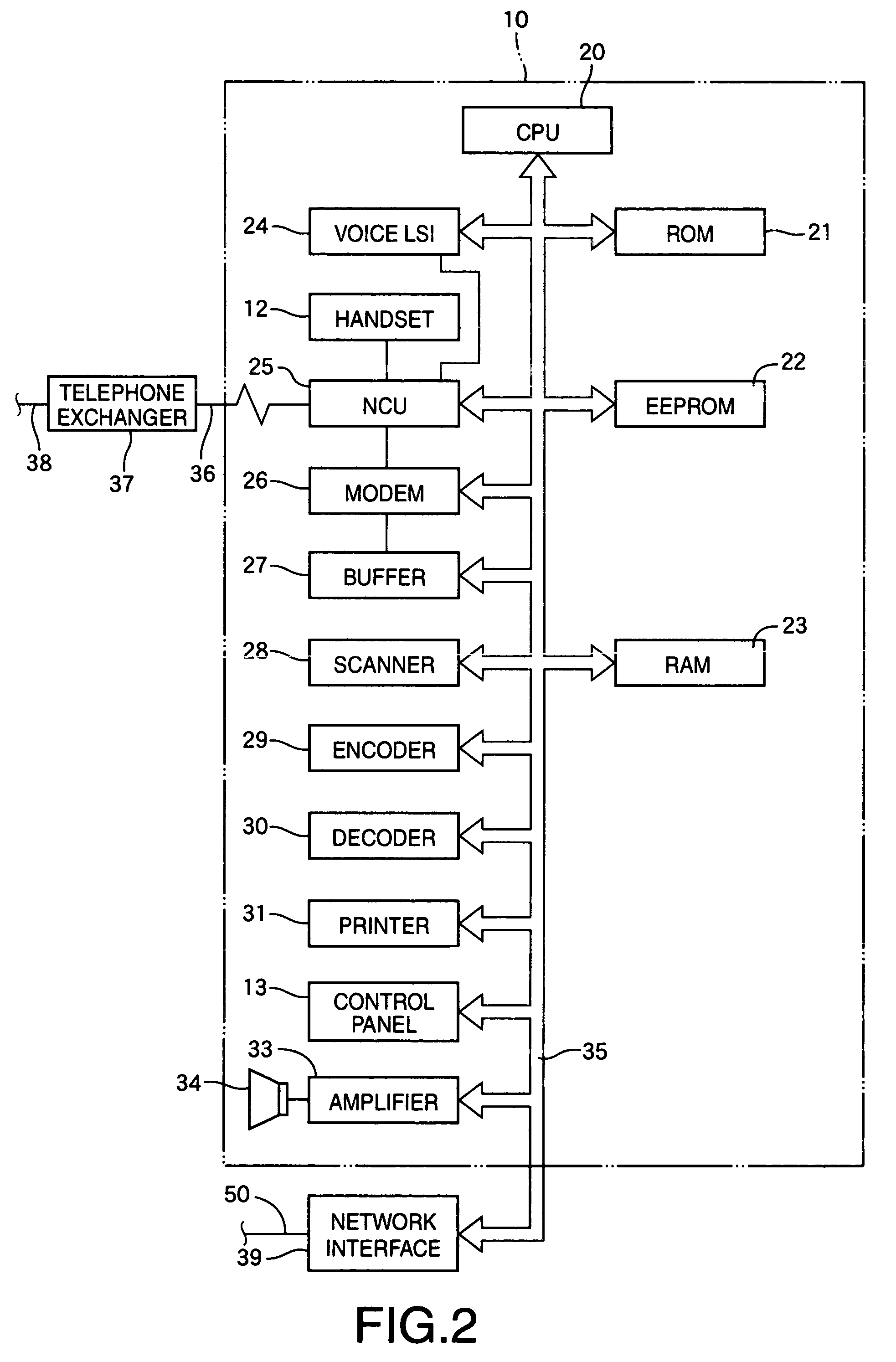Image reading apparatus capable of self-diagnosis using consecutive number of adjacent abnormal pixels
a technology for reading apparatuses and images, applied in the field of images reading apparatuses, can solve the problems of inability to accurately identify abnormalities and confuse users, and achieve the effect of accurate detection of abnormalities
- Summary
- Abstract
- Description
- Claims
- Application Information
AI Technical Summary
Benefits of technology
Problems solved by technology
Method used
Image
Examples
Embodiment Construction
[0025] The object mentioned above may be achieved according to any one of the following modes of this invention.
[0026] These modes will be stated below such that these modes are sectioned and numbered, and such that these modes depend upon the other mode or modes, where appropriate. This is for a better understanding of some of a plurality of technological features and a plurality of combinations thereof disclosed in this description, and does not mean that the scope of these features and combinations is interpreted to be limited to the scope of the following modes of this invention.
[0027] That is to say, it should be interpreted that it is allowable to select the technological features which are stated in this description but which are not stated in the following modes, as the technological features of this invention.
[0028] Furthermore, stating each one of the selected modes of the invention in such a dependent form as to depend from the other mode or modes does not exclude a po...
PUM
 Login to View More
Login to View More Abstract
Description
Claims
Application Information
 Login to View More
Login to View More - R&D
- Intellectual Property
- Life Sciences
- Materials
- Tech Scout
- Unparalleled Data Quality
- Higher Quality Content
- 60% Fewer Hallucinations
Browse by: Latest US Patents, China's latest patents, Technical Efficacy Thesaurus, Application Domain, Technology Topic, Popular Technical Reports.
© 2025 PatSnap. All rights reserved.Legal|Privacy policy|Modern Slavery Act Transparency Statement|Sitemap|About US| Contact US: help@patsnap.com



